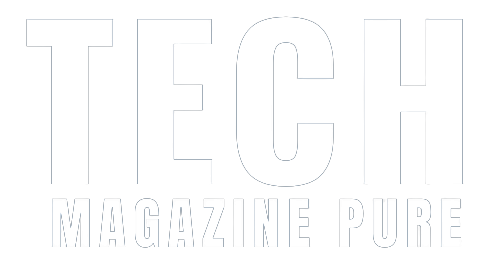In the realm of cloud computing and data storage, two prominent contenders vie for supremacy: block storage and object storage. Both offer distinct advantages and cater to different use cases, making the decision between them crucial for businesses and developers alike. In this article, we will embark on an exploration differences of block storage vs object storage, highlighting their unique characteristics, benefits, and which scenarios suit each solution best.
Understanding Block Storage
Block storage operates at the individual data block level, similar to the traditional hard drives in our computers. Each block has its own address and can be read or written independently. Block storage solutions provide raw storage volumes that can be attached to servers and used as a logical unit, enabling low-level access to data.
Key Characteristics of Block Storage
- Direct Access: Block storage offers direct access to data blocks, allowing for efficient read and write operations. It is ideal for scenarios where applications require raw and fast access to data, such as databases and virtual machines.
- Fixed Size Volumes: Block storage volumes come in fixed sizes, and users must allocate the exact amount of storage required for their applications.
Understanding Object Storage
Object storage, on the other hand, stores data as objects, each with its own unique identifier. Objects are bundled with their metadata and stored in a flat address space, making them accessible through a unique URL or API call. Object storage solutions are designed to handle vast amounts of unstructured data, making them an ideal choice for storing files, images, videos, and backups.
Key Characteristics of Object Storage
- Scalability: Object storage is highly scalable, accommodating massive amounts of data with ease. It is suitable for applications with ever-growing storage needs and those requiring data redundancy and high availability.
- Flexible Storage: Object storage allows users to store data of various sizes, eliminating the need to allocate fixed storage volumes.
Block Storage vs. Object Storage: Choosing the Right Fit
Use Cases for Block Storage
- Database Management: Block storage is well-suited for databases that require direct access to data blocks for quick read and write operations.
- Virtual Machines: Applications that require a disk-like storage system, such as virtual machines, benefit from block storage’s low-level access and performance.
- Transactional Workloads: Block storage is ideal for workloads that rely on frequent data updates and require low latency.
Use Cases for Object Storage
- Unstructured Data: Object storage excels at managing large volumes of unstructured data, including media files, documents, and backups.
- Cloud-native Applications: Cloud-native applications that utilize RESTful APIs to access data benefit from object storage’s scalable and flexible architecture.
- Content Distribution: Object storage is well-suited for content delivery networks (CDNs) and media streaming services, delivering content efficiently to global audiences.
In the dynamic landscape of cloud storage, the choice between block storage and object storage is vital for meeting specific requirements and optimizing performance. Block storage’s direct access and fixed-size volumes make it ideal for databases and virtual machines, while object storage’s scalability and flexible storage options cater to unstructured data and cloud-native applications.
Understanding the unique characteristics and use cases of block storage and object storage empowers businesses and developers to make informed decisions. By choosing wisely between the two, organizations can unlock the full potential of cloud storage and ensure that their data storage needs align perfectly with their application demands and growth trajectory.


